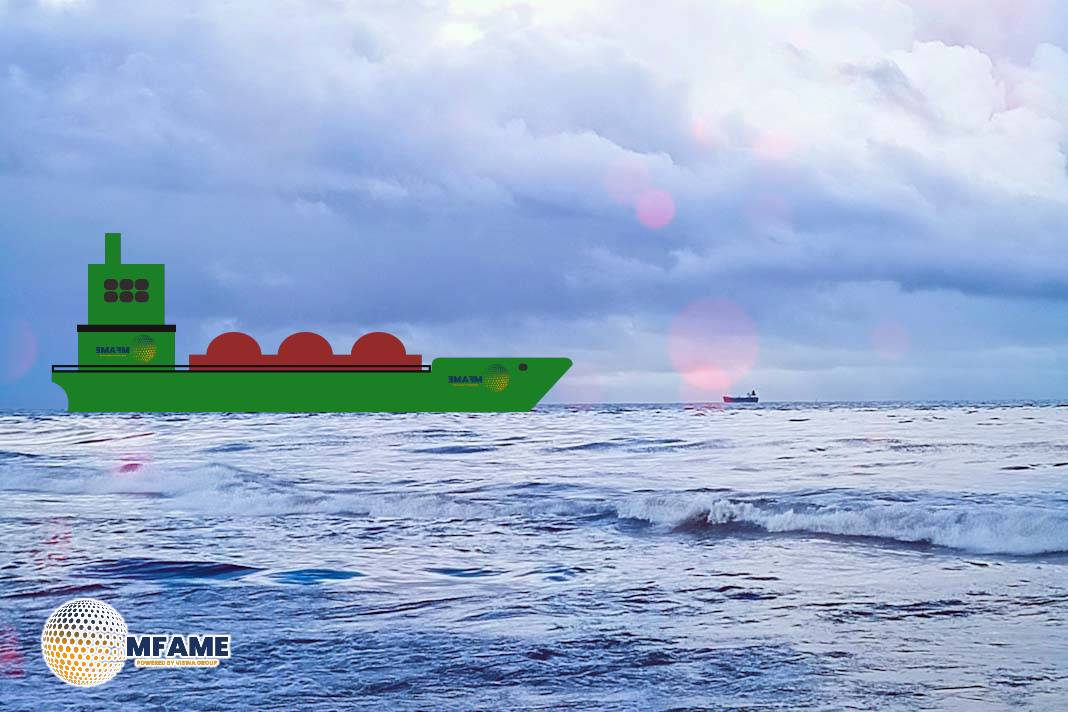- Greek Tankers Dominate Russia Oil Trade Despite Sanctions.
- Sanctioned Vessels Still Active in Russian Oil Shipments.
- Falling Oil Prices Fuel Greek Expansion in Russian Market.
A recent analysis has uncovered that vessels owned by Europeans, especially Greek-owned tankers, account for nearly 40% of all Russian oil exports. This raises serious questions about how effective the sanctions really are and highlights the increasing risks faced by marine service providers, reports Windward.
Greek-Owned Tankers Dominate Russian Oil Exports
According to data from Windward’s Maritime AI™ Platform and Vortexa, in June, a striking 37% of crude and refined Russian oil exports were transported on Greek-owned ships. Even with the tightening of sanctions, Greek-owned vessels legally transported 7.8 million tonnes out of a total of 22.2 million tonnes of oil products originating from Russia during that month.
Regulators Target Hundreds of Vessels, But the Impact Is Limited
UK and EU authorities have imposed sanctions on nearly 300 ships involved in Russian oil trades, citing their role in financing the Kremlin’s war or engaging in high-risk shipping activities. Windward reports that over the past year:
- The UK has banned 232 tankers and gas carriers
- The EU has banned 393 vessels
- The US sanctioned 160 tankers back in January
Despite these efforts, many of the sanctioned ships are still in operation, and new players, particularly Greek shipowners, are making their way into the Russian market.
Falling Oil Prices Fuel Greek Expansion in Russia
With oil prices on the decline, Russian crude is becoming increasingly appealing to Greek shipowners, who are ramping up their operations in the region. This surge in Greek shipping comes at a time when regulators are attempting to limit other shipping alternatives.
In June, Urals crude—the primary export grade from Russia—averaged $58.62 per barrel, staying below the G7-imposed price cap of $60 for the fifth consecutive month. In contrast, Eastern Russian ESPO grades managed to sell above the cap at $63 per barrel.
Sanctions Compliance Risks Still Loom Large
Data from Windward reveals persistent compliance risks:
- 65% of vessels transporting Russian oil are classified as high sanctions risk.
- 24% of these vessels are officially sanctioned, yet they still represented 29% of Russia’s oil exports in June.
- Greek-owned tankers accounted for 41% of Urals crude and 43% of clean product shipments—all within the allowed cap levels.
Emergence of High-Risk and ‘Dark’ Shipping Patterns
Tankers categorised as ‘dark’ or ‘high risk’—often facing Western sanctions—transported 30% of all Russian oil in June. These vessels frequently loaded cargoes exceeding the price cap, particularly from Arctic and far eastern ports, and delivered them to markets in China and India.
This developing trend is presenting new regulatory hurdles and increasing risks for insurers, charterers, and oil traders.
Inconsistent Sanctions Enforcement Complicates Trade Flows
The enforcement of sanctions varies significantly across different regions:
- Ships sanctioned by the US are typically restricted to routes between Russia and China.
- EU- and UK-sanctioned vessels continue to trade globally, including with India and Latin America.
These discrepancies create legal and compliance challenges for stakeholders involved in the Russian oil trade.
Did you subscribe to our daily Newsletter?
It’s Free Click here to Subscribe!
Source: Windward















